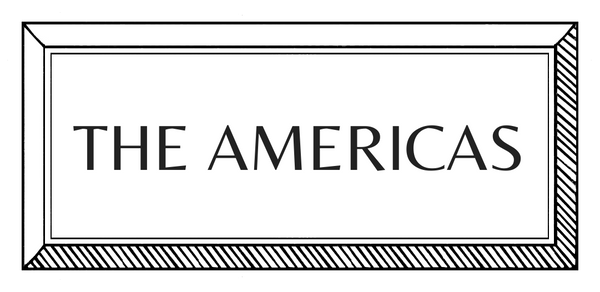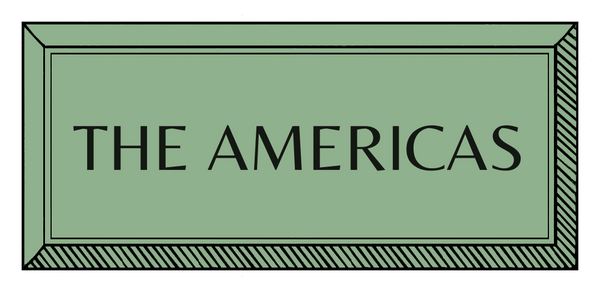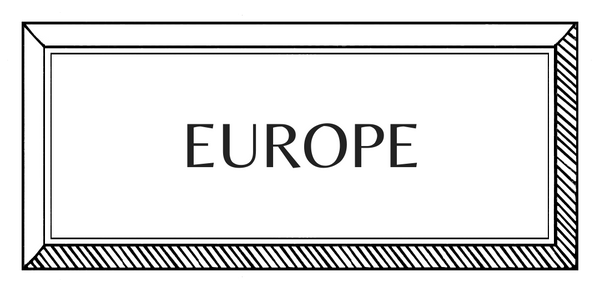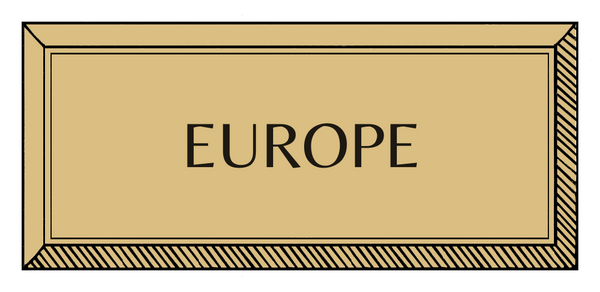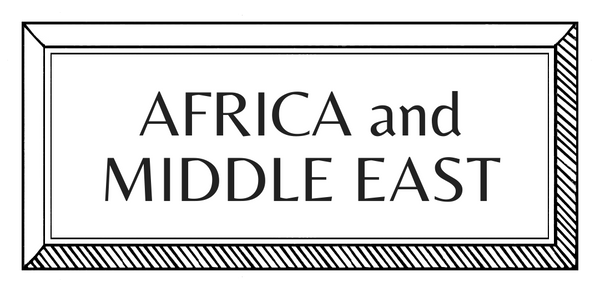MAKERS | THE AMERICAS | USA | CERAMICS
Beth Katleman | Sculptor

Beth Katleman describes her work as “impolite wallpaper,” but the label hardly captures the scale or precision of her porcelain reliefs. From a studio in Brooklyn, she casts thousands of tiny objects then assembles them into theatrical wall installations that borrow from Toile de Jouy, chinoiserie, and Rococo design. Katleman’s compositions are both playful and obsessive, drawing on centuries of ornament while unpicking its conventions. The result is a world built in porcelain with nothing quite where you expect it.

How did you begin?
I used to spend Saturdays painting with my grandmother. She had a set of traditional Japanese watercolour paints in white porcelain dishes. We would swirl bamboo brushes in the colours, which were impossibly brilliant, with names like viridian, red ochre, and indigo. From the moment I could hold a paintbrush, I knew I wanted to be an artist.
I took a trip to Barcelona and I was transfixed by Gaudí’s serpentine, broken-tile bench. When I came home, I took a tile-making class, thinking I would paint on the tiles, but I became more interested in sculpture. It came easily to me, and the ideas just flowed. I found it much easier to express my ideas in three dimensions.
How did you learn?
I have a Ba in English from Stanford and an MFA in ceramics from The Cranbrook Academy of Art. At Cranbrook, most people had an undergraduate degree in ceramics, and my professor admitted me to add a little sand to the machinery – I had catching up to do, but it was one of the most challenging and exciting experiences in my life.
My practice now involves private commissions, public commissions, such as for the Dior boutiques in London and Hong Kong, and museum interventions at institutions, such as the Victoria & Albert Museum and the Rhode Island School of Design Museum.

Beth's recent work displayed at the Marie Antoinette Style exhibition at the Victoria and Albert museum, © Victoria and Albert Museum, London.
How do you plan, prepare and create your works?
I love taking a deep dive into a subject and adding my own irreverent spin. One of the things that intrigued me most about Marie Antoinette is that she created her own world. Near the Petit Trianon, she built the Hameau de la Reine, a rustic village where she could indulge her fantasies of rural life, tend her flock of perfumed sheep, and entertain her Swedish lover, Comte Fersen. I decided to parody Fragonard’s famous 18th-century painting of a love triangle, The Swing. In my porcelain mirror, Louis XVI pushes Marie Antoinette on a swing while Comte Fersen watches from below, looking up her skirt. In contrast to the “unlaced” Marie Antoinette in her pleasure garden, the other mirror depicts her final chapter, with a violent mob storming Versailles and calling for her head.
I’ve made hundreds of plaster moulds of foraged objects: dolls, toys, miniature buildings. I think of them as my cast of characters, playing parts in different narratives, and telling stories with a dose of dark humour. I begin by creating a layout inspired by a period room or historic design. Then I go from analogue to digital. I have a library of images on my computer that show each of my porcelain objects to scale. Using Adobe Illustrator, I arrange those images over the layout. Then I slip cast and carve each section in porcelain, adjusting and refining the compositions, allowing the story to develop.

Pictured, the glass mirror on display at the Marie Antoinette Style exhibit. Photos by Alan Wiener courtesy of Beth Katleman Studio.
Who or what most influences your work?
I love period rooms, chinoiserie, Thomas Johnson Chinese Chippendale mirrors, and of course, Toile de Jouy. These opulent sources provide the perfect counterpoint for my explorations of consumption, desire, and lost innocence.
What does a typical day look like?
I live in Brooklyn, and start my day with an espresso in a chinoiserie porcelain cup and toast on a shell-shaped majolica plate. I didn’t realise artists could have hobbies; collecting 19th-century English porcelain and majolica delights me to no end.
My studio is just a 10-minute walk through Carroll Gardens, with its front gardens embellished with lawn ornaments and exuberant holiday displays, across the gritty industrial landscape of the Gowanus Canal to the factory building where I work.
There I have my two kilns, the library of moulds created over the years, and the special formula of porcelain slip. It’s designed to have the buttery white surface of Sevres biscuit porcelain, which Marie Antoinette prized. To get that effect, I fire the porcelain to 2380 degrees over twenty-four hours, until it becomes glass-like.

Artist Beth Katleman in her studio. Photo by Nicole Franzen.
The best and worst things about being a craftsperson today?
Craftspeople are always a bit under the radar. There is so much freedom in that!
I love the idea of creating a world that looks familiar and enticing from a distance, but once you enter, nothing is quite what it seems. Marie Antoinette’s Folly at the V&A comprises 4,500 cast and handmade porcelain elements. I want to invite people to slow down, dive into the details and create their own narratives.
An object you’ll never part with?
A Picasso ceramic plate, my grandparents bought from Picasso in 1950, when they visited his studio in the south of France.
A place or space that really inspires you, anywhere in the world?
One of my favorite places is the Sala de Porcelana at the Royal Palace in Aranjuez, Spain. It’s an over-the-top chinoiserie confection, with every surface covered in glorious Capodimonte figurines, fruit, and flowers.
Interview by Emma Becque
Images from Nicole Franzen, Alan Wiener & Victoria & Albert Museum.


